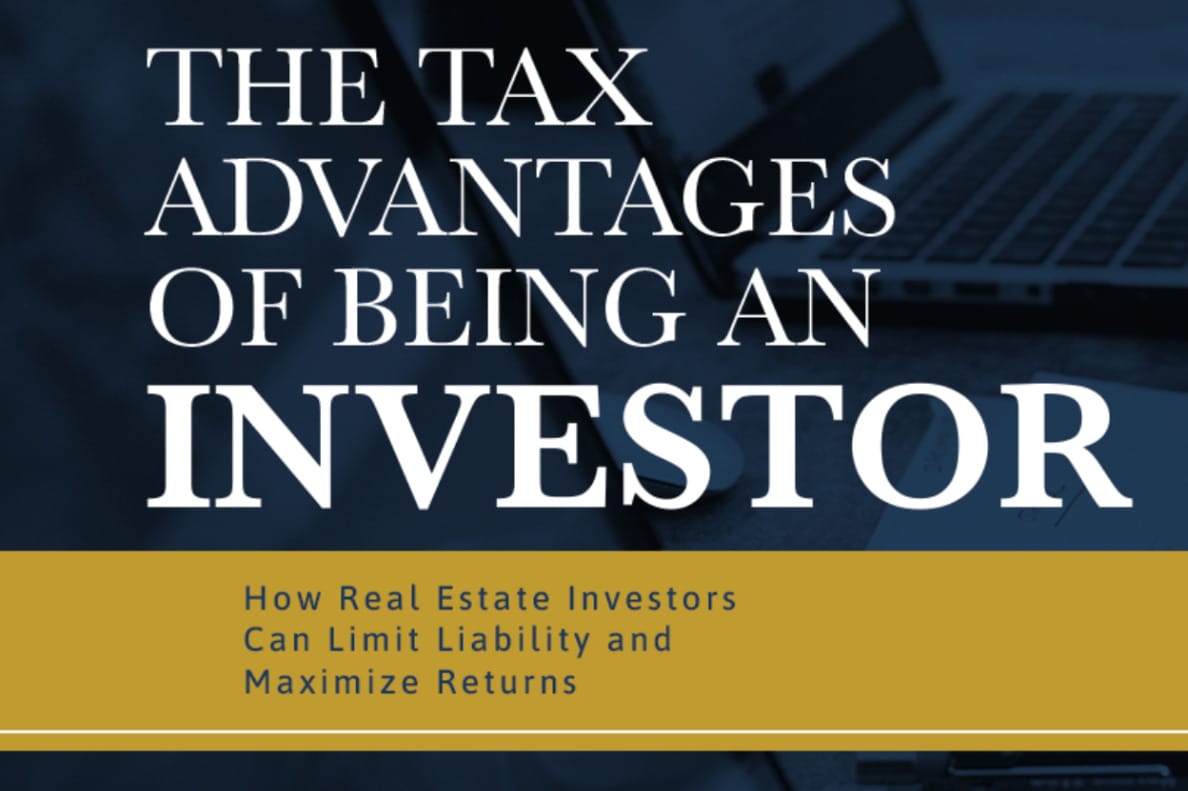What the Collapse of Silicon Valley Bank Means for Commercial Real Estate

The collapse of Silicon Valley Bank (SVB) — the second-largest bank failure in U.S. history — has sent shockwaves across global financial markets.
As regulators attempt to limit the impact of the failure, consumers are grappling with new doubts about the banking system. But what happened at SVB — and what does it mean for your portfolio?
A Pillar of the Start-up World
A pioneer of venture debt, SVB steadily made a name for itself as a pillar of the start-up community. For many years, that role positioned them for success. This was especially true during the pandemic-era start-up boom. In 2021, U.S. venture capital-backed companies raised $330 billion — almost double that of 2020.
For SVB, that infusion translated into a surge in cash flow. Between 2019 and 2022, SVB’s deposits more than doubled from $60 billion to $189 billion — far outpacing competitors.
SVB deployed most of that cash toward long-term debt, investing a substantial portion in U.S. treasury bonds with an annual yield of 1.79%. However, as the Federal Reserve raised interest rates, those bonds lost value. At the same time, inflation was eroding the bank’s balance sheet, with fewer deposits coming in. To improve their liquidity, SVB decided to sell a portion of their bonds at a loss as part of a plan to raise over $2 billion in capital.
These actions caused alarm among investors and depositors alike. Venture capitalists advised founders to withdraw funds, triggering a bank run. Over 36 hours, SVB’s stock plummeted by more than 60%. Then, on Friday, March 10, California regulators stepped in to close the bank.
A Ripple Effect
SVB’s rapid decline seemed poised to start a chain reaction in the banking industry. Investors moved to sell stock from other institutions, including First Republic Bank, Signature Bank, Pacific Western and Western Alliance. Signature Bank — which had a significant amount of uninsured deposits and was heavily exposed to cryptocurrencies — saw a slew of deposits withdrawn. Citing a desire to protect account holders, regulators seized control of the institution on Sunday, March 12.
Recognizing the risk to the banking ecosystem at large, the government took decisive action to limit repercussions for depositors. In a joint statement released on Sunday, March 12, the Treasury, Federal Reserve and Federal Deposit Insurance Corporation (FDIC) announced they would make all account holders from SVB and Signature Bank whole.
In the weeks since, regulators have continued to favor a proactive approach. Most recently, the Treasury stepped in to arrange a $30 billion capital infusion from 11 different institutions to help shore up deposits for First Republic Bank.
For now, investors seem unconvinced that the threat is contained. The value of First Republic Bank stock fell by 90% in March. Similarly, shares from Pacific Western and Western Alliance lost over half their value.
Headwinds and Hedges
With the stability of banks under new scrutiny, many consumers are wondering where they should put their money. SVB wasn’t investing in speculative assets or cryptocurrency but treasury bonds, which are recognized as one of the most secure asset classes. Nonetheless, SVB’s portfolio was vulnerable to the knock-on effects of interest rate hikes.
Stocks and bonds can lose their purchasing power when inflation climbs. Hard assets like real estate, on the other hand, tend to be less vulnerable to market shake-ups. In fact, self storage continued to perform through major economic disruptions such as Black Monday, the dot-com bubble burst, the Great Recession of 2008 and the COVID-19 pandemic.
Because units are leased month-to-month, operators can quickly adapt to changing financial realities, making storage a potent hedge against inflation. In addition, the need for self storage typically increases during recessionary periods as people and companies look to downsize. This pushes rates up, allowing operators to capitalize on high demand, even as other sectors are struggling.
An Evolving Landscape
It’s too early to say exactly how the failures of SVB and Signature Bank will play out in the financial landscape.
Regulators are working hard to contain the crisis, and — while bank shareholders appear cautious — there are many ways in which these two collapses differ from those of 2008. The consumer balance sheet remains strong, and mortgage underwriting has evolved. Loans are now safer, more transparent and better reflect a borrower’s ability to keep up with payments.
That said, the events of the last few weeks have brought into sharp relief the risks of failing to diversify. With mounting questions about the security of the banking sector, individuals are increasingly likely to turn to alternative investments.
As the market fluctuates, uncorrelated assets like self storage can protect against downturns, mitigating risk without reducing portfolio performance.
Published by Thomas Eddy




